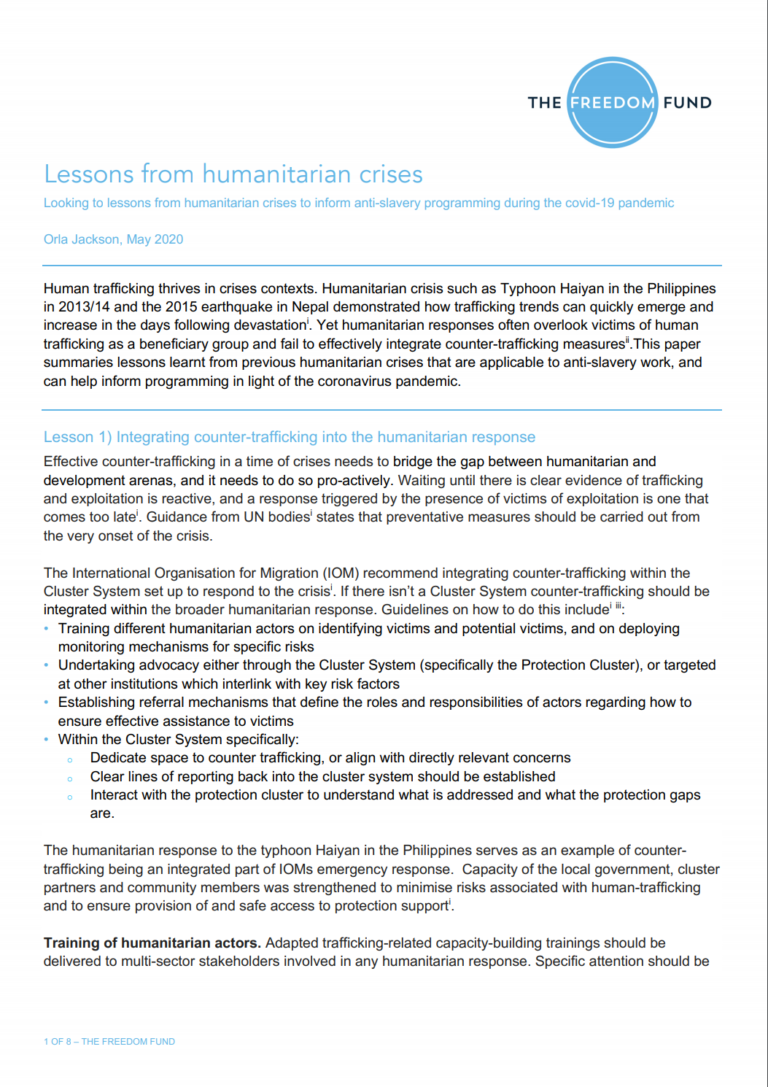Malawi’s Human-Trafficking Routes: Mapping Cross-Boarder Transit Points Using Collective Data
News & AnalysisGuidanceThe existence of our group, the Malawi Network Against Trafficking, is testament to the high level of collaboration and support that already exists within the anti-trafficking sphere in Malawi. We are very lucky to have a community that spans nearly...Read More

